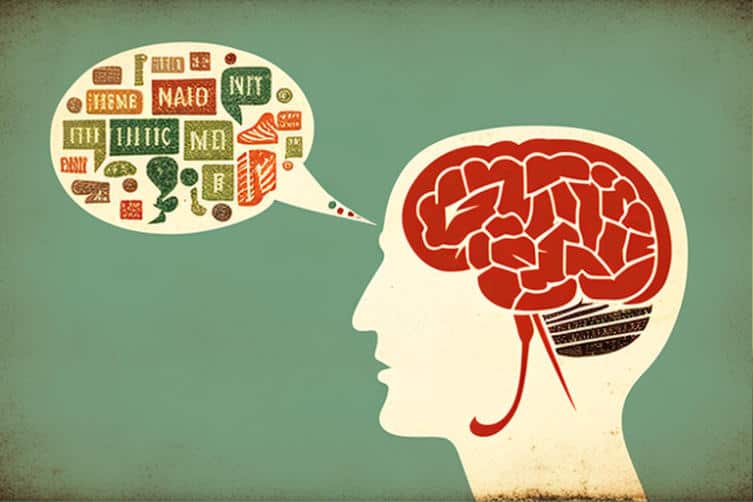
The theory of multiple intelligences suggests that every individual possesses unique strengths and weaknesses in the different areas of intelligence. This theory has the potential to revolutionize the way we approach learning and studying. By understanding our individual strengths and weaknesses, we can tailor our study strategies to maximize our potential and achieve academic success.
What is the theory of multiple intelligences?
The theory of multiple intelligences was introduced by Harvard psychologist Howard Gardner in 1983. According to Gardner, there are 7 distinct areas of intelligence: linguistic, logical-mathematical, musical, bodily-kinesthetic, spatial, interpersonal, and intrapersonal.
How can I identify my dominant intelligences?
There are many ways to identify your dominant intelligences. One approach is to take a multiple intelligences assessment, which will give you a detailed analysis of your strengths and weaknesses in each of the 7 areas of intelligence. Another approach is to reflect on your personal experiences and identify the activities that you find most enjoyable and fulfilling.
How can I use my dominant intelligences to support my study efforts?
Once you have identified your dominant intelligences, you can use them to your advantage in your study efforts. For example, if you have a strong linguistic intelligence, you may find that writing essays and participating in discussions is a natural strength for you. On the other hand, if you have a strong bodily-kinesthetic intelligence, you may find that incorporating physical activities into your study routine helps you to retain information better.
What are some specific strategies for each type of intelligence?
Linguistic Intelligence
- Create flashcards with key terms and definitions
- Write summaries of what you have learned
- Participate in debates or discussions
Logical-Mathematical Intelligence
- Create graphs and charts to visualize data
- Use mathematical models and equations to understand complex concepts
- Work on logic puzzles and brain teasers
Musical Intelligence
- Create a playlist of music to listen to while studying
- Incorporate music into your study routine by singing or humming key terms
- Use music to set the mood for different subjects
Bodily-Kinesthetic Intelligence
- Incorporate physical activity into your study routine, such as taking breaks for stretching or exercise
- Use gestures to reinforce key concepts
- Create hands-on projects or presentations
Spatial Intelligence
- Create mind maps or diagrams to visualize information
- Use visualization techniques to remember key concepts
- Experiment with different forms of visual aids, such as graphs and charts
Interpersonal Intelligence
- Collaborate with classmates or study partners
- Discuss and debate key concepts
- Use role-playing to reinforce learning
Intrapersonal Intelligence
- Reflect on your own thoughts and feelings to better understand key concepts
- Set achievable goals and track your progress
- Use journaling to reinforce learning and reflect on your experiences
Conclusion
In conclusion, the theory of multiple intelligences offers a unique approach to learning and studying. By understanding your dominant intelligences, you can tailor your study strategies to maximize your potential and achieve academic success. Whether you have a strong linguistic, logical-mathematical, musical, bodily-kinesthetic, spatial, interpersonal, or intrapersonal intelligence, there are strategies and techniques that you can use to support your study efforts.
FAQs
- Is the theory of multiple intelligences widely accepted?
Yes, the theory of multiple intelligences has been widely accepted and is widely used in educational settings around the world. It has been adopted by many
